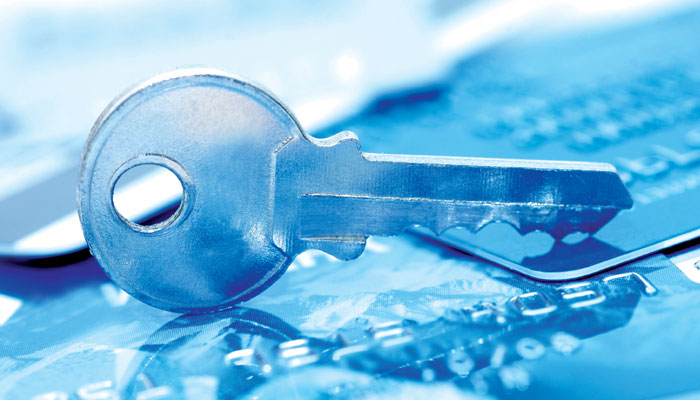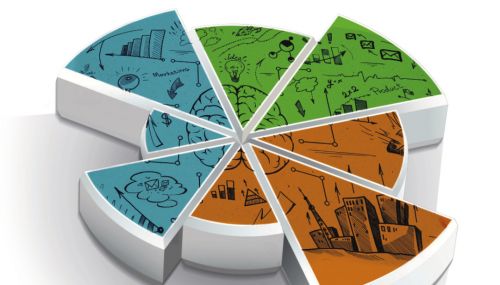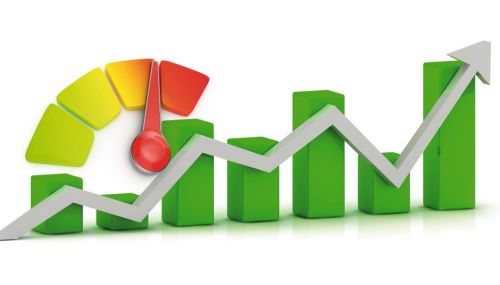All
Account Updater Improves Credit Card Relations
by John MacKenna

Premium Account Updater service retrieves new card information automatically
Energy marketers can improve customer service and eliminate a troubling bump in the customer relations road by automatically updating credit card information when it changes—without having to interrupt the customer.
Some credit card processors offer merchants a premium service known as Account Updater that simplifies the process of updating a credit card on file when the card expires and is replaced—an event that typically repeats once every three years for each card.
Marci Gagnon, Vice President of Business Development and Operations at AVATAS Payment Solutions, recently told Oil & Energy that the Account Updater service is a great choice for energy marketers. It virtually eliminates the administrative chores and cash flow hiccups associated with credit card updates, and the marketer avoids having to request new credit card information from the customer.
That request can become a decision point for the customer—a moment when they weigh whether to continue with their current provider or shop for a new one—according to the AVATAS executive. “You have those customers that when they get that notice saying ‘We’re contacting you to let you know your card has expired,’ they may think about it and wonder, ‘Do I want to update my card, or do I want to price shop?’ It’s a perfect opportunity for them to go out and see what else is available in the space,” Gagnon explained. “But if you update the card automatically, there isn’t that opportunity.” With individual accounts being both lucrative and costly to replace, it pays to avoid decision points like those.
Great Expectations
AVATAS has researched the fuel delivery industry to identify trends and noted the arrival of younger customers who have different expectations from the older homeowners who sold homes to them. These “modern consumers” prefer paying bills with online banking or payments, and some are using electronic payments for all their bills except one: the fuel bill. “Many of them don’t even own checkbooks,” she said.
Fuel companies that cater to the modern consumer mindset have an advantage. These customers appreciate conveniences such as paying bills with a few keystrokes on a smartphone after receiving a bill notification by text message. They will even pay bills when they are at work or on vacation, provided the technology facilitates that, she added.
Adapting modern payment technologies doesn’t just please customers; it also speeds cash flow, because tech-savvy customers will pay bills very promptly when given the instantaneous opportunities such as text prompts.
Account Updater supports the kind of seamless relationship that modern consumers prefer, according to Gagnon. The service kicks into action when a credit card issuer, such as a bank, rejects a credit card payment with what is known in the industry as a “soft decline,” which it reports to the payment processor and the marketer. Unlike a rejection for an overdue credit card account or other customer infraction, a soft decline does not indicate a potential problem with a customer’s credit card account; rather, it generally signals that the card on file has reached its expiration date, or there has been a change of name or address on the account.
When a marketer who doesn’t use Account Updater submits a batch of credit card payments for processing and is notified of a soft decline, they typically must initiate an administrative process that involves contacting the customer by telephone, e-mail or mail to request the new card information. “It is really hard for energy companies that might have already made the delivery or have it waiting,” Gagnon explained. “Now they need to track down the consumer and use a lot of resources following up.”
Take a Load Off
When companies use Account Updater, the legwork is virtually eliminated. A payment processor such as AVATAS resubmits the payment to the credit card issuer and gets a token for the customer’s new card, which is then stored in the payment processor’s electronic vault. The payment processor then passes on the new information to the marketer, who updates their file. The marketer gets the payment that was initially declined without having to contact the customer, and subsequent payments process successfully without soft declines.
“It previously could not be resolved without customer contact, and it usually take three tries to get in contact with them,” Gagnon said. If the soft decline was for the final payment of the heating season a customer might wait until the fall when they need a new delivery to update the card, and that payment would be a receivable all summer.
Approximately 80 percent of the credit cards in use are covered by Account Updater, according to Gagnon. The exceptions are cards issued by some smaller institutions that have not enrolled in the program with MasterCard or Visa.
To take advantage of the Account Updater service, marketers need to work with a payment processor like AVATAS that offers the service. Marketers pay a fee to join the service and a separate, one-time fee for each card update.
Related Posts
 2024 Hedging Survey
2024 Hedging Survey
Posted on April 19, 2024
 A Smart Hedging Strategy Can Withstand Market Forces
A Smart Hedging Strategy Can Withstand Market Forces
Posted on April 17, 2024
 The Four Key Metrics of Your Hedging Strategy
The Four Key Metrics of Your Hedging Strategy
Posted on March 12, 2024
 Market Forecast: What to Watch
Market Forecast: What to Watch
Posted on February 12, 2024
Enter your email to receive important news and article updates.
